How to Cultivate Cannabis Crops
Cannabis can be cultivated in different ways so before the seed comes, the method used to grow the seed must be decided on. Before starting the cultivation process, it’s important to research whether indoor or outdoor will be best. It’s important to pick a cannabis cultivation method that is best suited to your skill level, budget, and space.
Cannabis Cultivation Methods
Soil
Soil grow is the most common and traditional grow medium for Cannabis plants. Cannabis in soil is similar to growing fruits and vegetables so, soil growing may be the most intuitive option for a beginner with little cultivation experience.
Hydroponics
There are some cannabis cultivators, usually with advanced growing skillsets, that may choose to grow their Cannabis using methods not associated with soil- like hydroponics. Hydroponic growing is a form of growing plants using oxygen, a water-based system, and nutrient filled solution.
This method of growing doesn’t use soil; it requires the plant to have direct access to the nutrient filled solution. Any water not consumed by the root (remember- this is water-based system) is recycled through the system for consumption at a later time.
Coco coir
Coco coir is said to be a very productive growing medium for Cannabis that provides the experience of growing in soil, with some hydroponics benefits. This could mean fewer bugs and faster growth. It’s made of grinded coconut husks and works well as a medium for growing many plants and is really good for the environment.
Compost
Compost fertilizer is popular. Compost is an organic fertilizer created from the controlled decomposition of organic, solid, or semi-solid material. This medium can be used indoor and outdoor and it's important to note that growers must make sure the compost is ripe and free from fungi, fruit flies or parasites.
Cannabis Nutrients and Their Importance
No matter the grow medium and method, Cannabis requires nutrients and so they must be provided. Just like humans, vitamins, minerals, and nutrients are needed to grow and survive.
Nitrogen: an inert gas crucial for the development of chlorophyll, and an essential building block of amino acids.
Phosphorus: essential for all life and required for photosynthesis, flowering, and root development. This nutrient is used in both growth and bloom stages and aids in the production of ATP as well as phospholipids, which form cell membranes.
Potassium: an alkali metal, used in the plumbing of Cannabis plants. This means the liquid moving inside. This metal also regulates the opening and closing of the leaf stomata – managing CO2 uptake.
Calcium: strengthens cell walls.
Sulfur: helps spread chlorophyll and increases growth.
Magnesium: assists in nutrient utilization and promotes light absorption.
Plants like humans need nutrients to thrive, and macronutrients aren’t all that’s needed. Plant Cannabis needs micronutrients to thrive as well:
Boron: directly involved in plant growth as it's essential for cell division. The nutrient is crucial during reproduction, especially during flowering.
Chlorine: helps keep Cannabis leaves firm and strong and also assists in photosynthesis.
Copper: plays the role of an activator. It activates key enzymes that catalyze and speed up chemical reaction.
Iron: involved in the production of chlorophyll, which gives plants their green. Plants need iron to form enzymes, produce energy, and reduce nitrate and sulfate levels.
Manganese: contributes to essential survival processes and helps to fight diseases.
Molybdenum: forms part of two enzymes that convert nitrate into nitrite, and nitrite into ammonia to synthesize amino acids.
Zinc: sed to build enzymes, proteins, and growth hormones. Zinc is also crucial in internode elongation.
Final Thoughts
Cannabis is medicine and in order to grow healthy, strong, dense, and dank- the plant must have what it needs to thrive. Nutrients are critical for the health of the plant just like they are critical to human life. Nutrients help living organisms grow.
This piece was originally written by the author, published in the Chronic Magazine, and modified for the Plain Jane blog.
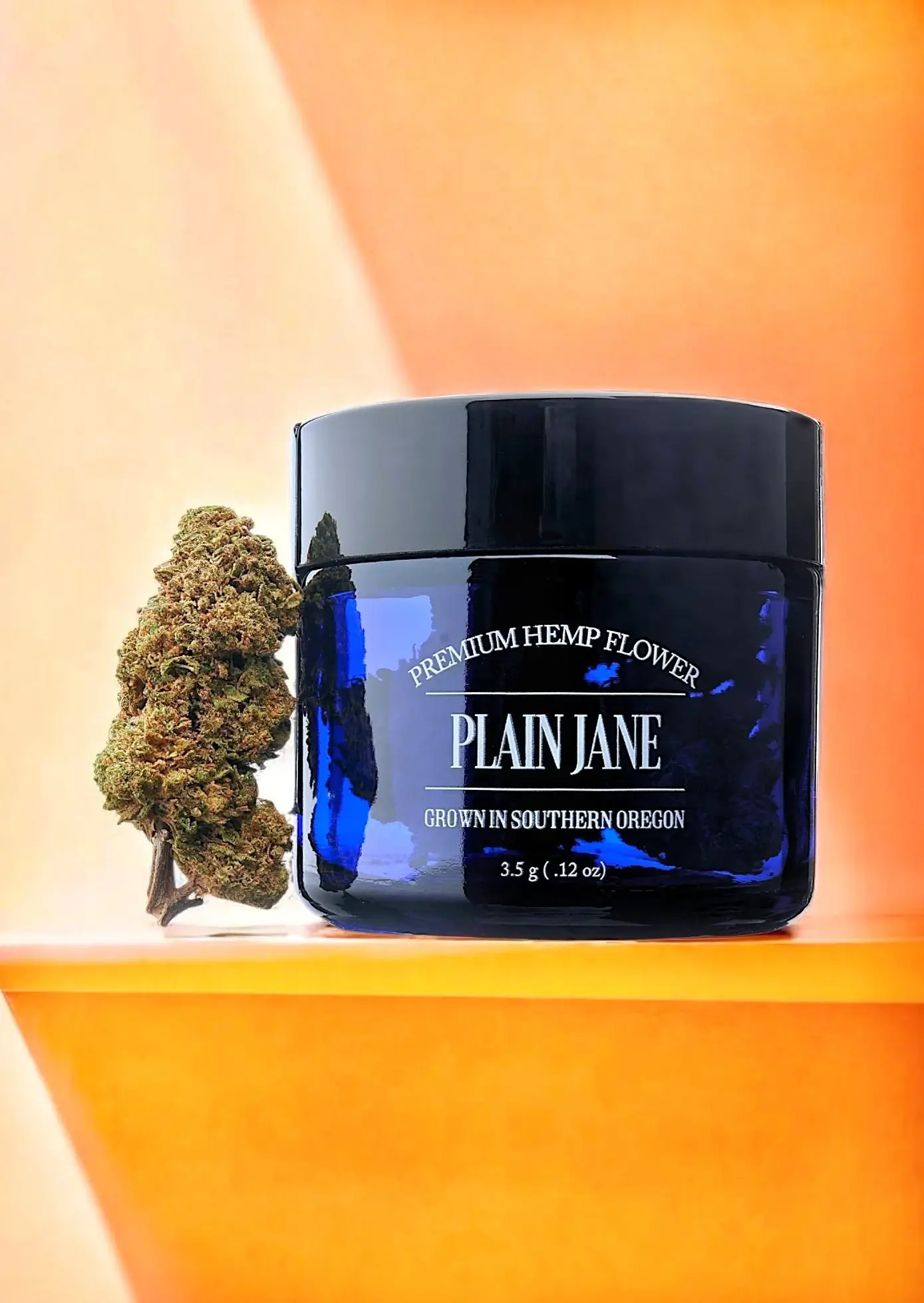

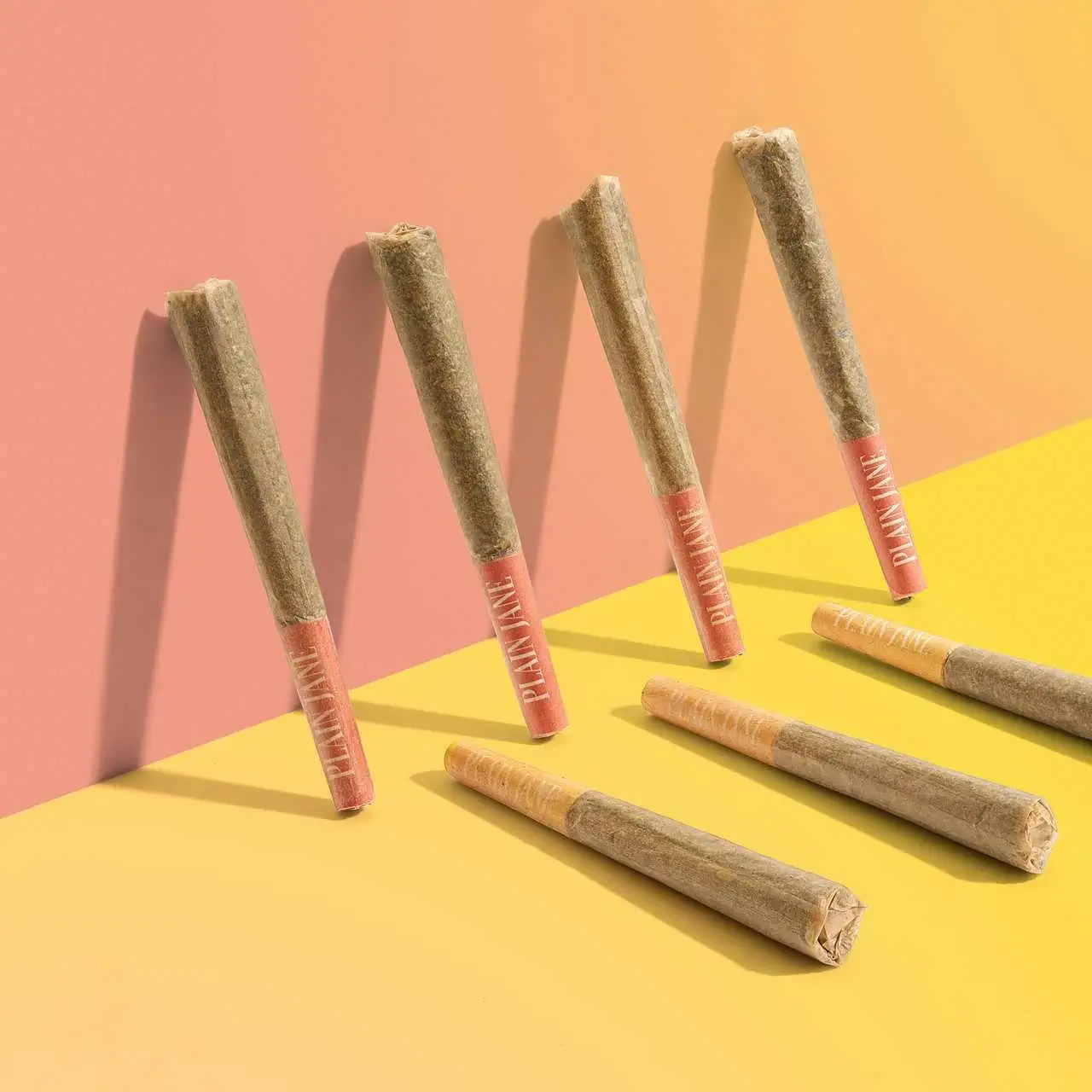

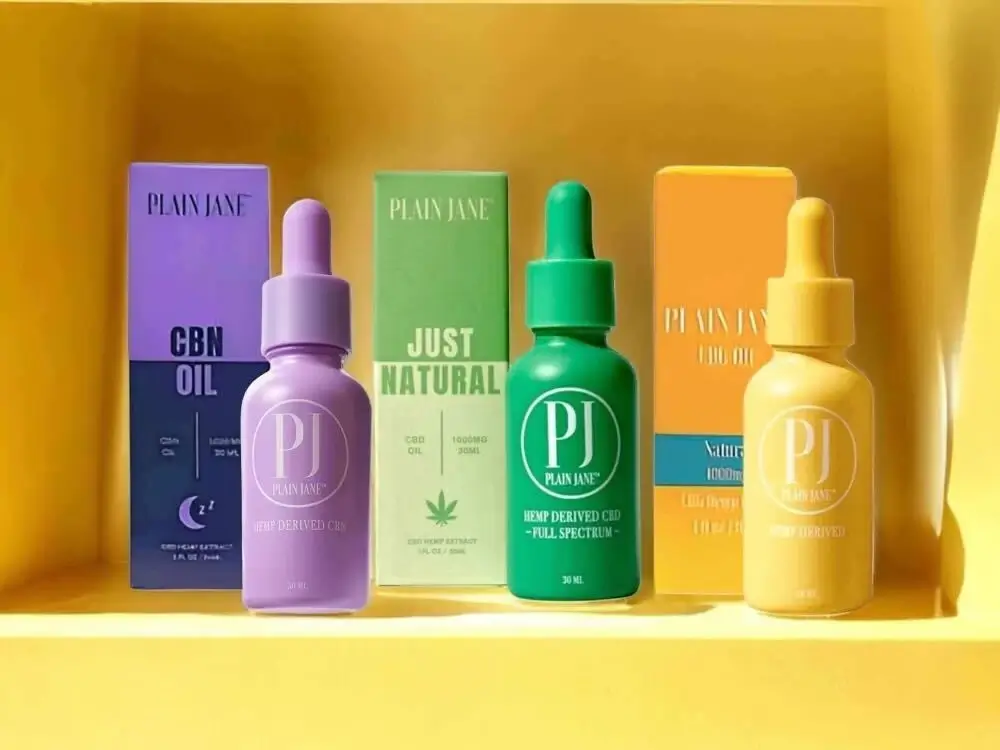
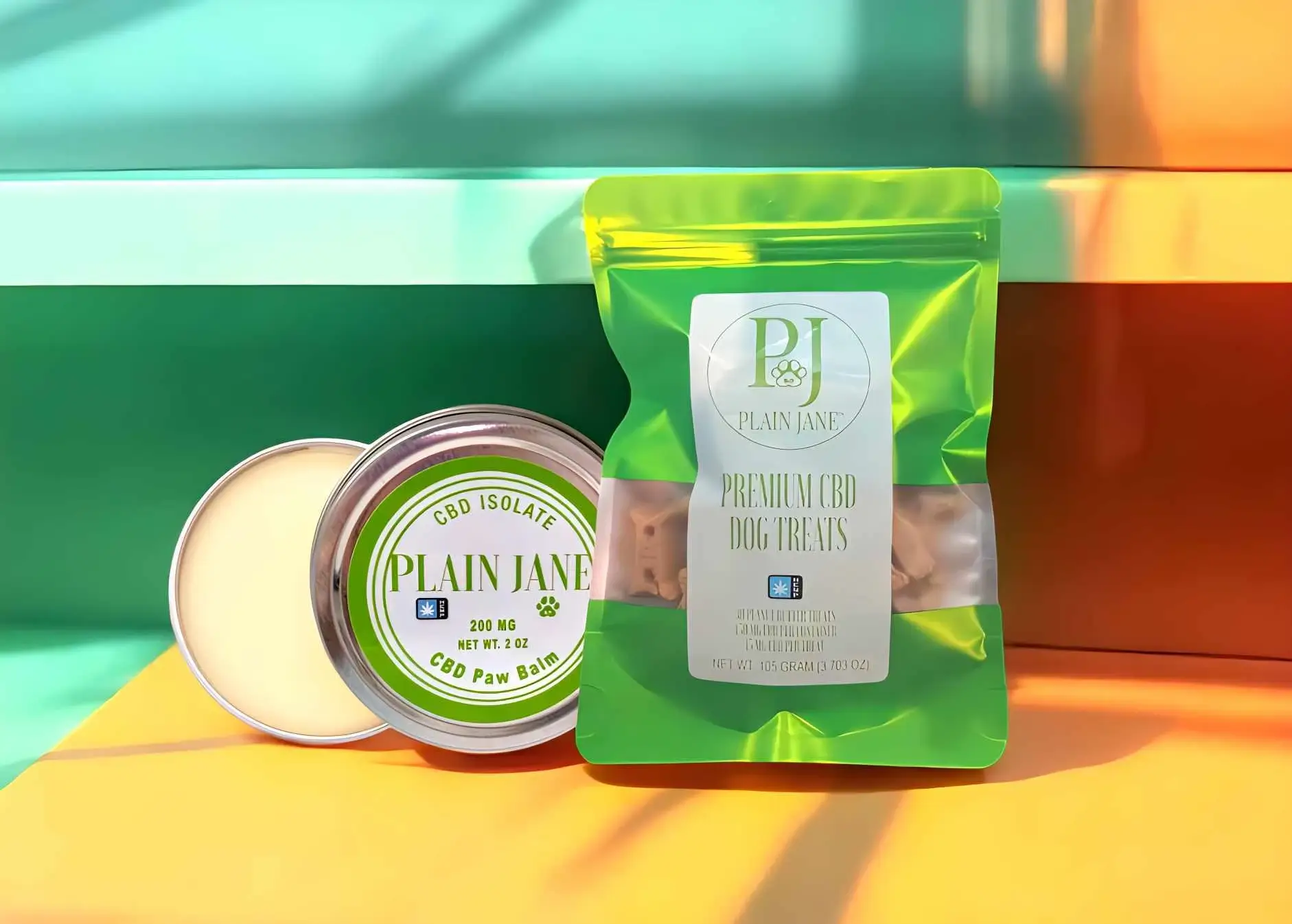
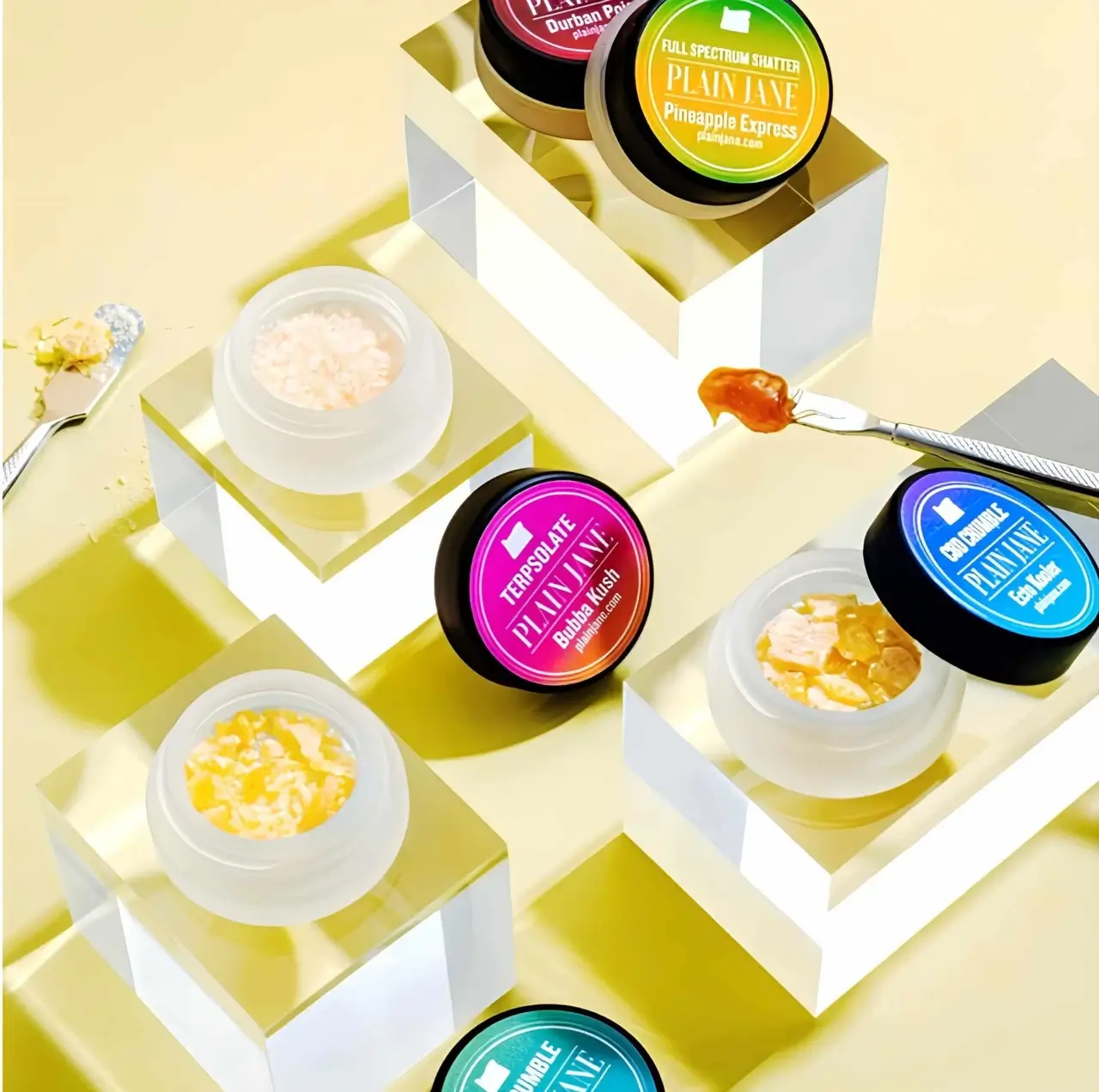

0 comments